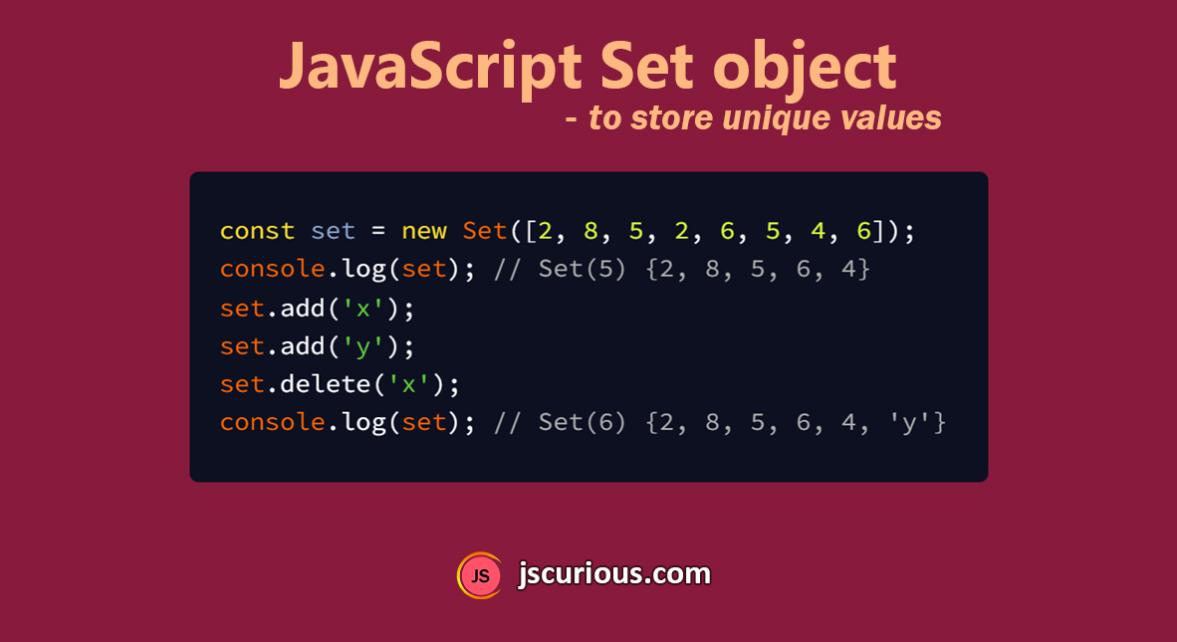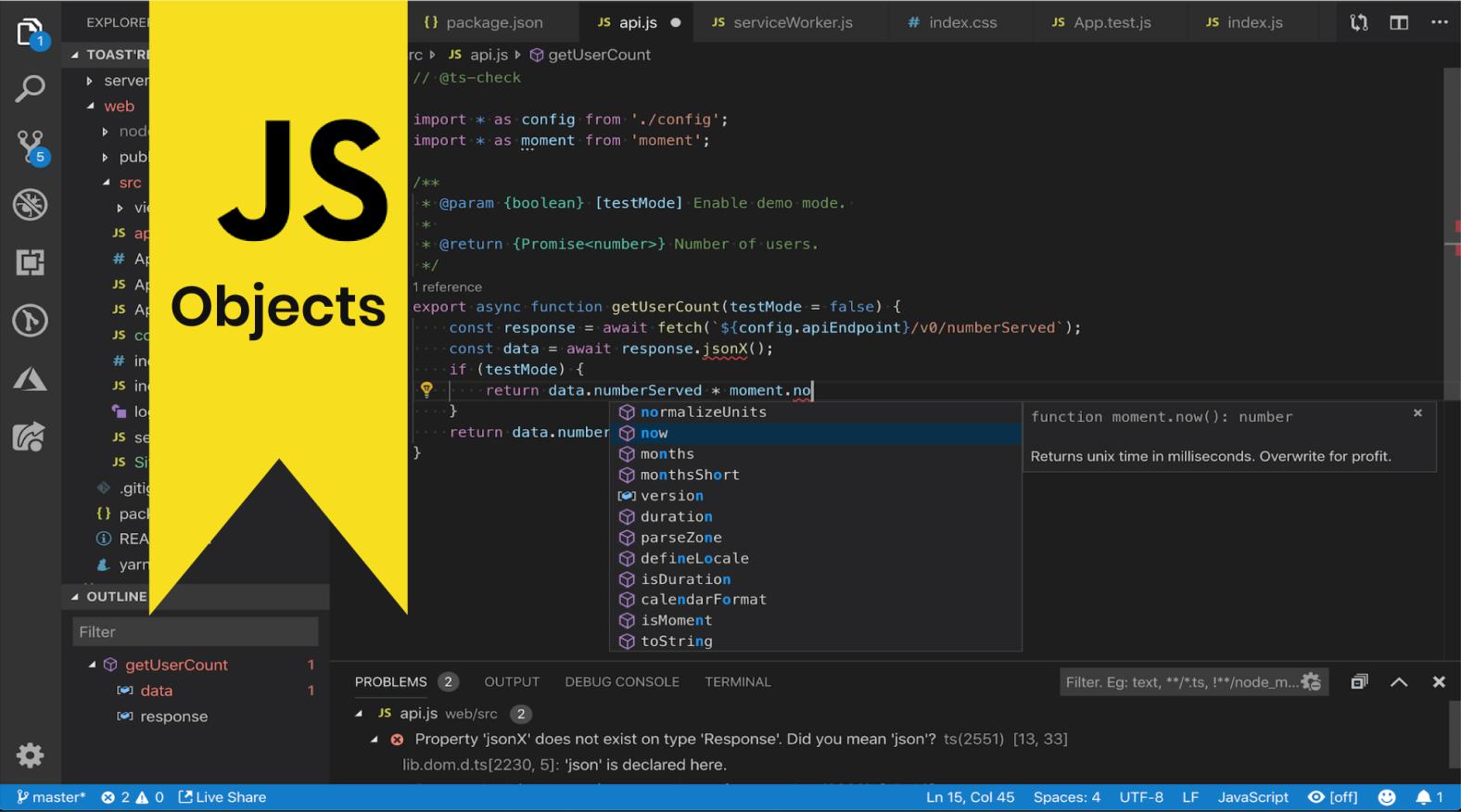How to Create and Use JavaScript Objects: A Comprehensive Guide
JavaScript objects are fundamental building blocks in the language, allowing you to organize and manipulate data in a structured and efficient manner. Understanding how to create and use objects is essential for any JavaScript developer.

Step 1: Understanding Object Properties and Methods
An object in JavaScript consists of properties and methods. Properties are key-value pairs that hold data, while methods are functions associated with the object that can be invoked to perform specific tasks.
- Object Properties: Properties are named data values associated with an object. They can be of any data type, including primitive values (strings, numbers, booleans) and complex values (arrays, objects, functions).
- Object Methods: Methods are functions that are defined within an object. They can be used to perform operations on the object's properties or to interact with other objects.
Step 2: Creating JavaScript Objects
There are several ways to create objects in JavaScript. The most common methods are:
- Object Literal Notation: This is the simplest way to create an object. It involves enclosing key-value pairs within curly braces.
- Constructor Function Syntax: This method involves creating a constructor function and using the
newkeyword to instantiate an object. - Object.create() Method: This method allows you to create a new object with a specified prototype object.
Step 3: Accessing Object Properties and Methods
To access object properties and methods, you can use either dot notation or bracket notation.
- Dot Notation: This is the preferred way to access object properties and methods. It involves using a dot (.) followed by the property or method name.
- Bracket Notation: This notation is useful when the property name is not a valid JavaScript identifier or when you need to access a property dynamically.
Step 4: Adding and Removing Object Properties

You can add and remove properties from an object using the following methods:
- Dot Notation or Bracket Notation: You can use dot notation or bracket notation to add or remove properties from an object.
- delete Operator: The
deleteoperator can be used to remove a property from an object.
Step 5: Looping Through Objects
There are several ways to loop through objects in JavaScript. The most common methods are:
- for...in Loop: This loop iterates over the properties of an object.
- Object.keys() Method: This method returns an array of the property names of an object.
- Object.values() Method: This method returns an array of the property values of an object.
- Object.entries() Method: This method returns an array of arrays, where each array contains a property name and its corresponding value.
Step 6: Object Inheritance
Object inheritance allows you to create new objects based on existing objects. This helps in code reusability and maintainability.
- extends Keyword: The
extendskeyword is used to create a subclass that inherits from a parent class. - Object.create() Method: The
Object.create()method can also be used to create a new object with a specified prototype object.
Step 7: Using Objects in Real-World Applications
Objects are used extensively in real-world JavaScript applications.
- Object-Oriented Programming (OOP) in JavaScript: OOP is a programming paradigm that revolves around the concept of objects. JavaScript supports OOP through its object-oriented features.
- Creating Classes and Instances: Classes are used to define the structure and behavior of objects, while instances are individual objects created from a class.
- Using Objects to Store and Manipulate Data: Objects can be used to store and manipulate data in a structured and organized manner.
Creating and using objects is a fundamental aspect of JavaScript programming. By understanding the concepts of object properties, methods, inheritance, and real-world applications, you can effectively leverage objects to build robust and maintainable JavaScript applications.
YesNo

Leave a Reply